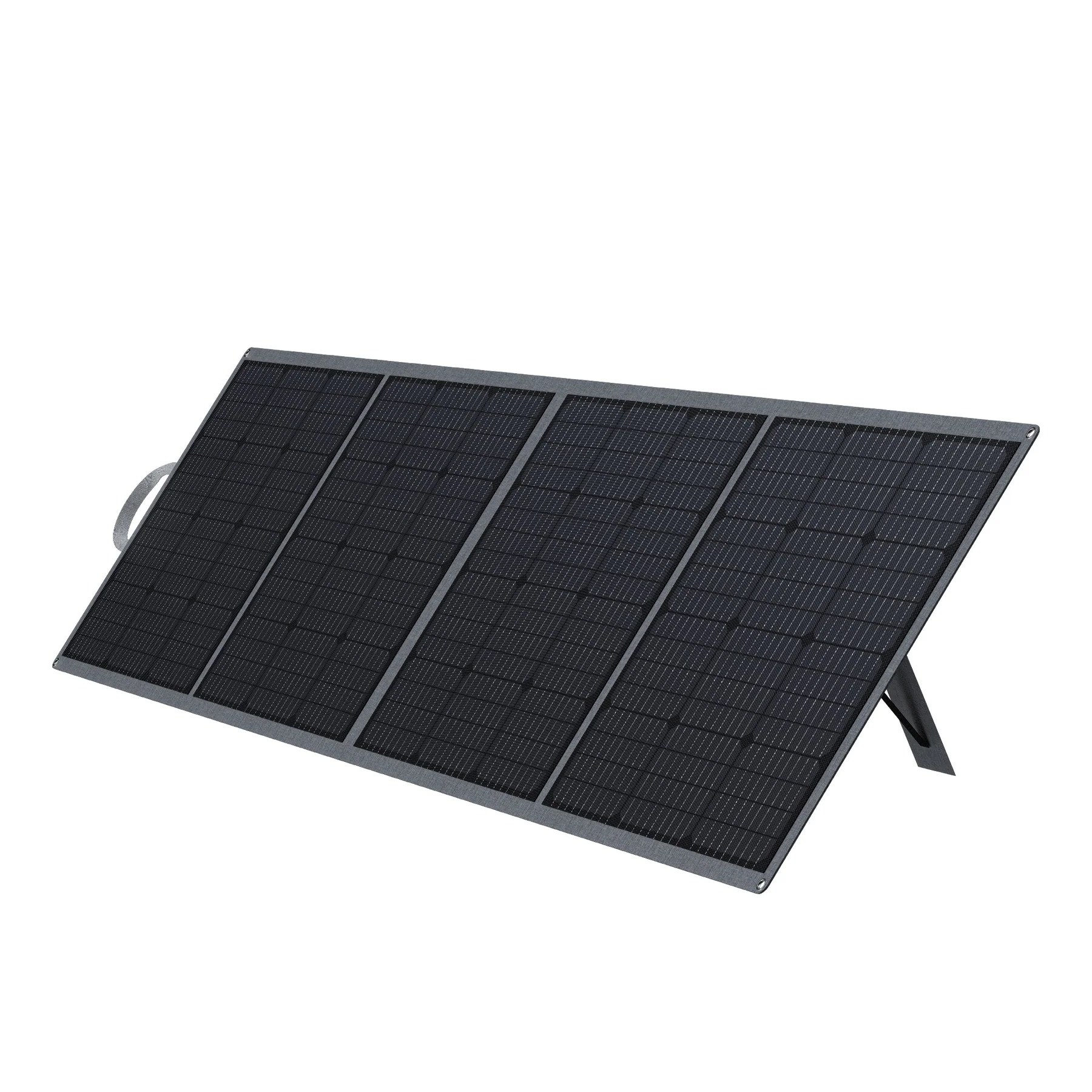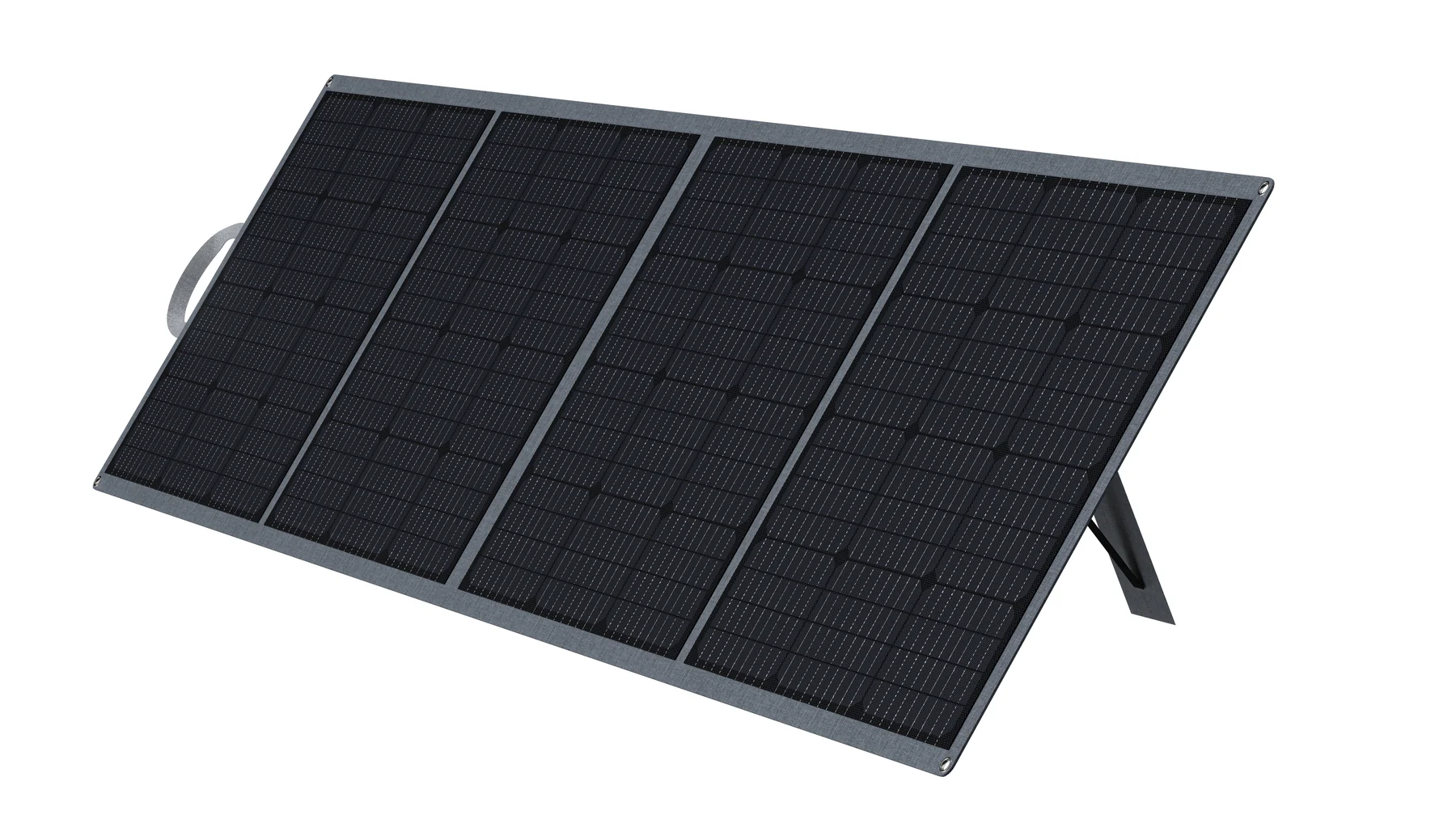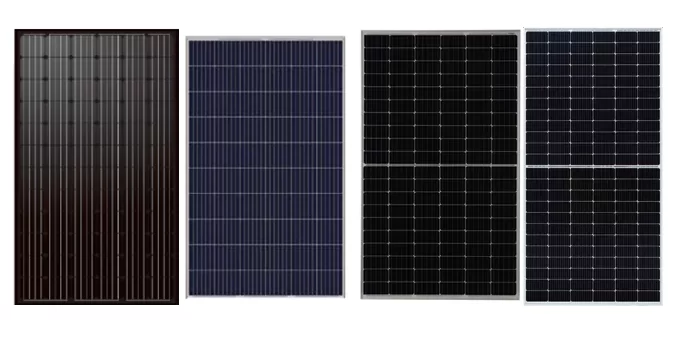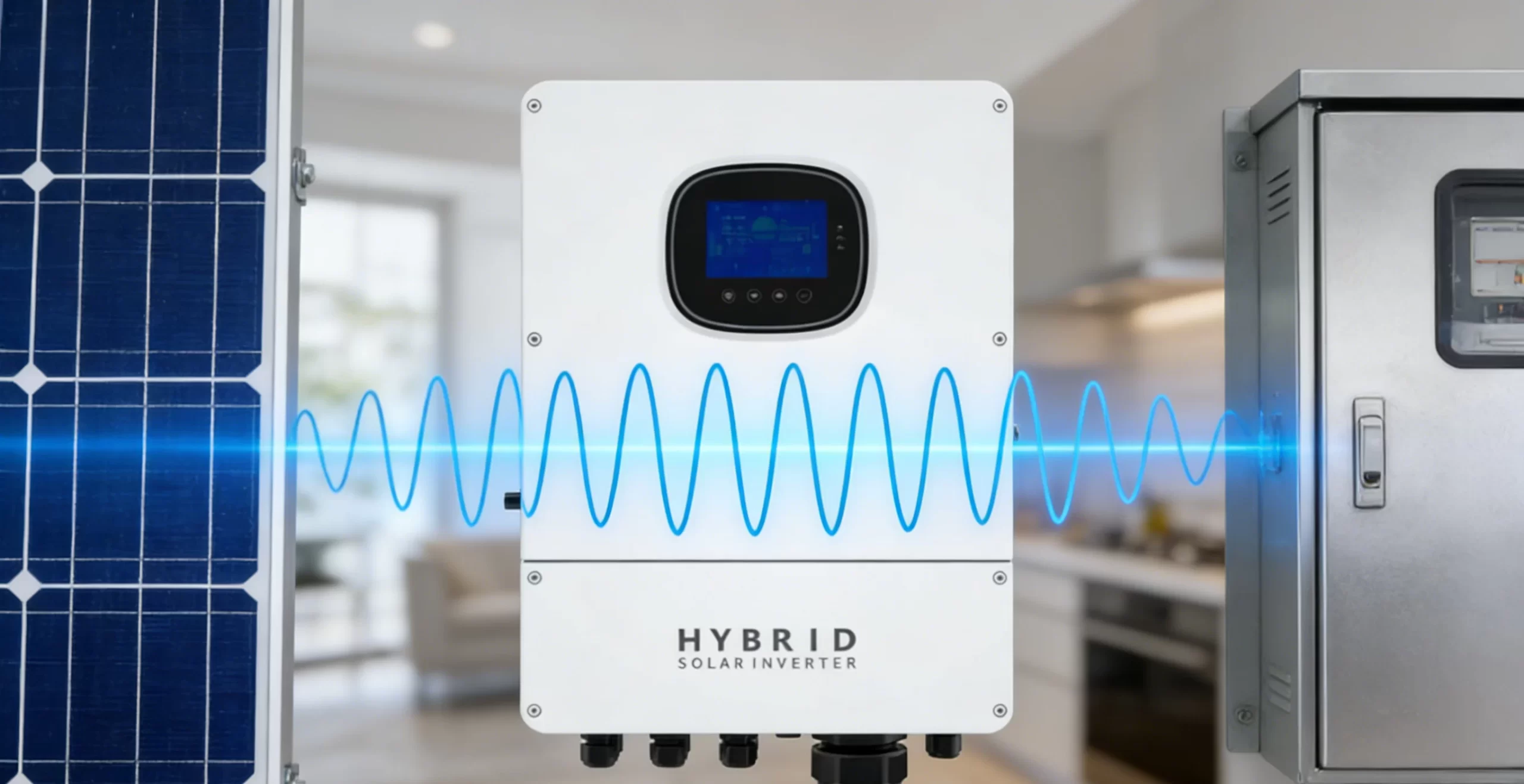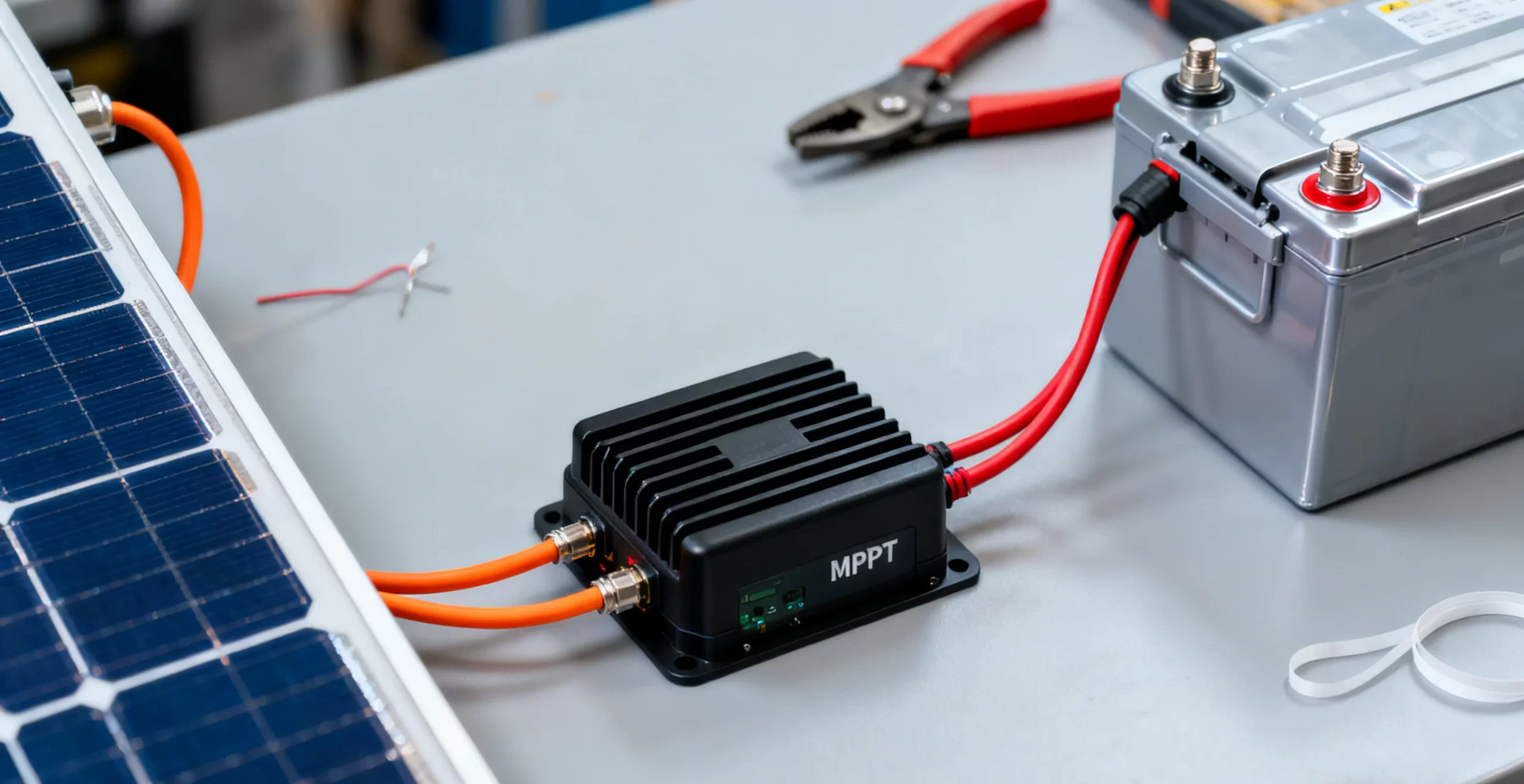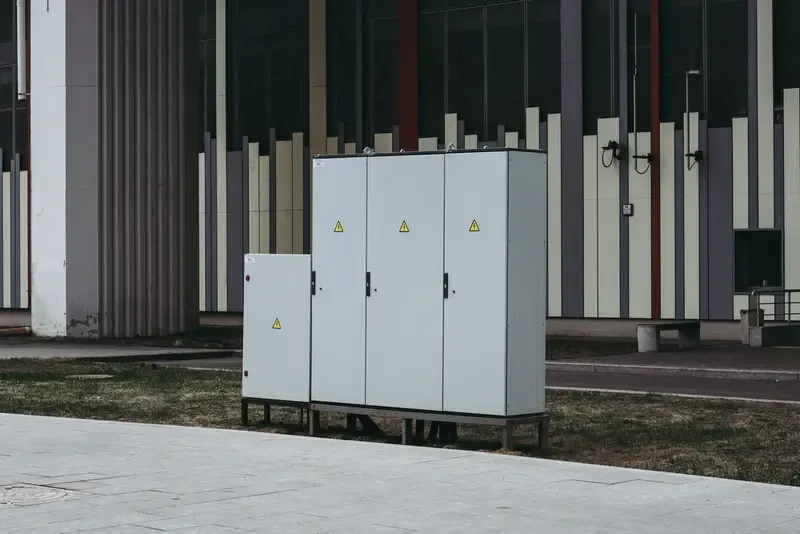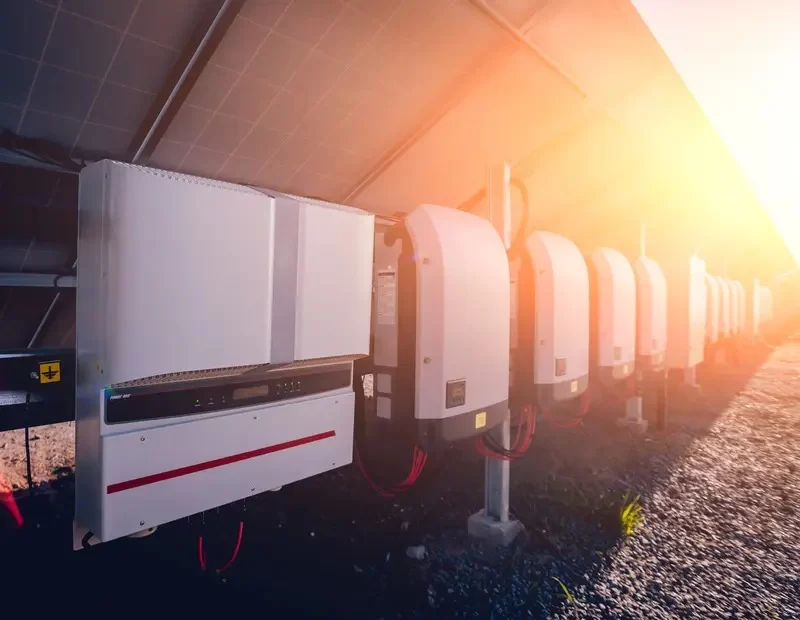Get A Quote Now!
Understanding Solar Modules: Mono-crystalline, Polycrystalline, and Thin-film Explained
Introduction to Solar Modules
Solar energy has become a popular choice for renewable energy solutions, and understanding the types of solar modules available can help you make informed decisions. A solar module, also known as a photovoltaic (PV) module, is a device that converts sunlight into electricity. This article will explore the different types of solar modules—mono-crystalline, polycrystalline, and thin-film—and compare their features and efficiencies.
Types of Solar Modules
Mono-crystalline Solar Modules
Mono-crystalline solar modules are made from single silicon crystals. These modules are known for their pyramid-like cell pattern, which improves their heat resistance and long lifespan of 25-30 years. Due to their design, mono-crystalline modules offer higher energy absorption and efficiency compared to other types, with efficiency rates reaching up to 22%. Their high performance makes them suitable for a range of applications, from residential to commercial projects.
Feature | Mono-crystalline Modules |
Material | Single silicon crystal |
Efficiency | Up to 22% |
Lifespan | 25-30 years |
Cost | Higher |
Polycrystalline Solar Modules
Polycrystalline solar modules are composed of multiple silicon crystals melted together. These modules are slightly cheaper than their mono-crystalline counterparts and perform better in diffused light conditions. They have a lifespan of around 25 years and offer a balance between cost and performance. While their efficiency is generally lower than mono-crystalline modules, they are still a good option for many applications.
Feature | Polycrystalline Modules |
Material | Multiple silicon crystals |
Efficiency | Typically less than mono-crystalline |
Lifespan | 25 years |
Cost | Lower |
Thin-film Solar Modules
Thin-film solar modules are known for their lightweight and flexible design, made from various materials like cadmium telluride or amorphous silicon. They are generally less efficient than crystalline modules, with a maximum efficiency of about 20.3%. However, their lower cost and ease of handling make them ideal for projects with lower power requirements or where flexibility in installation is important.
Feature | Thin-film Modules |
Material | Various (e.g., cadmium telluride) |
Efficiency | Up to 20.3% |
Lifespan | Varies |
Cost | Lower |
Efficiency Overview
The efficiency of solar modules typically ranges between 15% and 20%. High-quality panels can reach efficiency levels of up to 22%. Choosing the right type of module depends on various factors, including the specific energy needs of the project and the budget. SolarSmiths is a notable provider of high-efficiency solar modules, offering a range of products to meet different needs.
Why Choose Solar Modules?
Choosing the right solar module involves evaluating several factors:
- Efficiency:Higher efficiency modules convert more sunlight into electricity, which is crucial for maximizing energy production, especially in areas with limited space.
- Cost:Budget considerations often influence module selection. While mono-crystalline modules are more expensive, they offer superior efficiency and longevity. Polycrystalline modules provide a balance between cost and performance, while thin-film modules are a cost-effective option for specific needs.
- Flexibility and Application:Thin-film modules offer flexibility and lightweight advantages, making them suitable for unconventional installations.
Additional Considerations
When selecting solar modules, consider the following additional aspects:
- Temperature Coefficient:This measure indicates how the module’s performance decreases as temperature rises. Lower temperature coefficients are better for hot climates.
- Warranty:Ensure the module comes with a solid warranty to cover potential performance issues or defects.
- Certifications:Look for modules that meet industry standards and certifications, which ensure quality and reliability.
Choosing the right solar module involves understanding the differences between mono-crystalline, polycrystalline, and thin-film options. Each type has its unique advantages and considerations, making it important to evaluate your specific requirements before making a decision.


